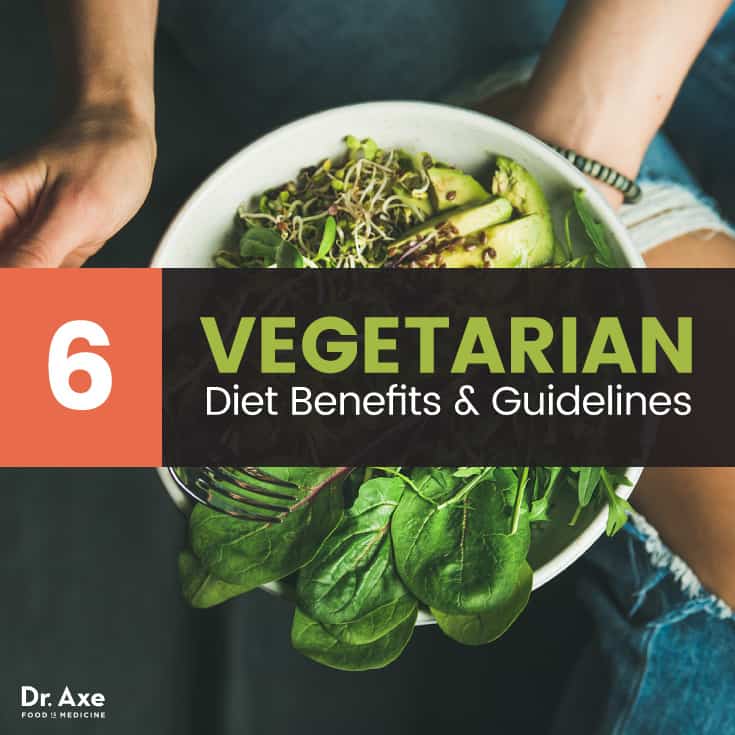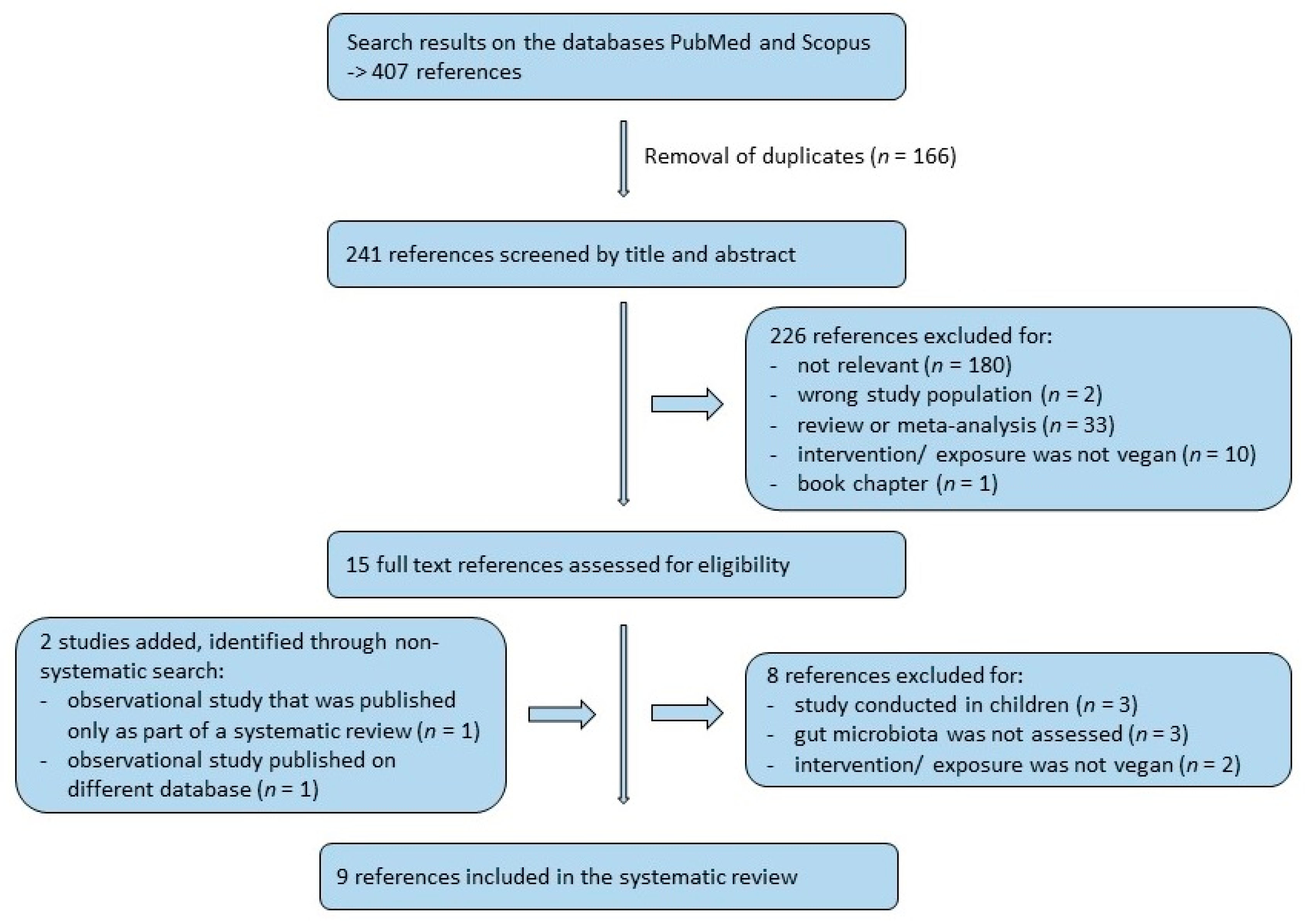
Clear skin is possible. Clear skin is possible if you eat a healthy diet that includes foods that can help. These foods should be rich in nutrients to boost your skin's health, and give you a glowing complexion.
The best diet for clear skin includes a variety of fruits and vegetables. These foods are rich in vitamins, antioxidants, and nutrients that will help to nourish your skin. They are also rich in water that will keep your skin hydrated.
Vitamin C can be a good vitamin to boost your skin. This vitamin is a great cleansing agent and also helps to brighten your skin. Vitamin C is also known to prevent UV-induced skin pigmentation. Vitamin C is a great option for acne sufferers.
Avocado is another food with the ability to make your skin shine. Avocado, a superfood that is also rich in vitamins E & C, and healthy fats. It can moisturize your skin and reduce wrinkle appearance.

Clear skin doesn't necessarily mean you shouldn't eat as many fruits and vegetables as you like. However, if you have breakouts, you're going to want to make sure you're eating the foods that will help to clear up your skin. Broccoli, spinach and oranges are great choices.
It is a great way to keep your skin healthy. The body needs water to function properly and to maintain a healthy complexion. Water also aids in digestion and aids in the production of collagen. Avoid alcohol. Alcohol can cause skin to dry out and lead to breakouts.
You should include antioxidant-rich foods in your diet, along with water and fruits. Tea is a great source of antioxidants, but you can also drink 100% juices. You can also find antioxidants in walnuts, chia seeds, ginger, and chia seeds.
The omega-3 fatty acid rich fatty fish are other foods that can improve your skin. These nutrients don't often appear in large quantities in foods so it is important that you only consume small amounts of them to give your skin a radiant glow.
Probiotics are also an important part of a clear skin diet. These foods provide healthy bacteria that help to improve skin health. Most people are familiar with yogurt. But, this list also includes asparagus, kiwis as well as garlic. They can help your skin by reducing inflammation, improving moisture retention, and promoting a healthy gut.

Try to include foods that can help you fall asleep better. The Healthy Eating Plate is a collection of foods that can help improve your sleep. These foods include fruits, vegetables, and nuts. These foods are high in antioxidants, which help prevent breakouts.
A variety of foods will give you all the nutrients your body requires to have clear skin. You should be mindful of what foods could trigger your skin condition or acne. Some people have discovered that cutting out dairy products can improve their skin. This is because dairy products can cause skin breakouts and are naturally pro-inflammatory.
FAQ
How can I live my best everyday life?
The first step towards living your best life everyday is to find out what makes you happy. Once you know what makes you happy, you can work backwards from there. You can also inquire about the lives of others.
You might also enjoy books like "How to Live Your Best Life", by Dr. Wayne Dyer. He speaks about happiness and fulfillment in all areas of life.
Take herbs and other supplements to improve your immunity
It is possible to boost immune function by using herbs and natural remedies. Examples include ginger, garlic and oregano, echinacea, vitamin C, ginkgo Biloba, and echinacea.
These herbal remedies shouldn't be used to replace traditional medical treatment. They may cause side effects such as nausea, diarrhea, stomach cramps, headaches, dizziness, and allergic reactions.
What are 5 ways to live a healthy lifestyle?
How can you live a healthy life?
Living a healthy lifestyle involves eating right and exercising regularly. Healthy eating means avoiding sugary and processed foods. Exercise helps burn calories and strengthens muscles. Good sleep habits can help improve memory and concentration. Stress management can reduce anxiety and depression. Fun is key to staying young and vibrant.
Do I need calories to count?
You might be asking "What is the best diet?" or "is counting calories necessary?" The answer is dependent on many factors like your current state of health, your personal goals, how you prefer to eat, and your overall lifestyle.
The Best Diet For Me - Which One Is Right For You?
The best diet for me depends on my current health status, my personal goals, my preferences, and my overall lifestyle. There are many options, both good and bad. Some are better for certain people than others. So what do I do? How can I make the right choice?
These are the questions this article will answer. It starts with a brief introduction of the different types of diets available today. Next, we will discuss the pros & cons of each kind of diet. We'll then discuss how to choose which one is best for you.
To begin, let's take a quick look at the different types of diets.
Diet Types
There are three main types of diets: low fat, high protein, and ketogenic. Let's take a look at them all below.
Low Fat Diets
A low fat diet is a diet that restricts the amount of fats consumed. This is achieved by reducing saturated fat intake (butter, cream cheese etc.). These fats can be replaced with unsaturated fats like avocados and olive oil. People who are looking to lose weight quickly and easily will benefit from a low-fat diet. However, constipation, stomach pain, and heartburn can all be caused by this type of diet. A person may also experience vitamin deficiencies if they don't get enough vitamins.
High Protein Diets
High protein diets reduce carbohydrates to favor of proteins. These diets usually have higher amounts of protein than other diets. They can help you build muscle mass, and also burn more calories. They may not be able to provide sufficient nutrition for people who need it. They are not suitable for all people because they can be restrictive.
Ketogenic Diets
These diets are also known under the name keto diets. They are high in fat, moderately high in protein, and low in carbohydrates. They are popularly used by bodybuilders, athletes, and others who want to be able to train harder and more efficiently without becoming tired. However, they must be used with caution to avoid nausea, headaches and fatigue.
Statistics
- WHO recommends consuming less than 5% of total energy intake for additional health benefits. (who.int)
- In both adults and children, the intake of free sugars should be reduced to less than 10% of total energy intake. (who.int)
- According to the Physical Activity Guidelines for Americans, we should strive for at least 150 minutes of moderate intensity activity each week (54Trusted Source Smoking, harmful use of drugs, and alcohol abuse can all seriously negatively affect your health. (healthline.com)
- This article received 11 testimonials and 86% of readers who voted found it helpful, earning it our reader-approved status. (wikihow.com)
External Links
How To
What does the word "vitamin" mean?
Vitamins are organic compounds naturally found in food. Vitamins aid us in absorbing nutrients from the food we eat. Vitamins are not made by the body, so they must be obtained through food.
There are two types if vitamins: water soluble, and fat soluble. Water-soluble vitamins dissolve quickly in water. Some examples include vitamin C,B1 and B2 vitamins (thiamine), B2 and riboflavin, B3 and niacin, B6 vitamins (pyridoxine), B6 vitamins (niacin), folic acids, biotin, pantothenic acids, and Choline. Fat-soluble vitamins are stored within the liver and in fatty tissue. You can find vitamin D, E K, A and beta carotene as examples.
Vitamins are classified according to their biological activity. There are eight main types of vitamins:
-
A - vital for normal growth and maintaining good health.
-
C - important for proper nerve function and energy production.
-
D – Essential for healthy teeth, bones and joints
-
E - needed for good vision and reproduction.
-
K – Required for healthy muscles & nerves.
-
P – vital for building strong bones.
-
Q – aids digestion and absorption.
-
R - Red blood cells are made from red blood cells.
The recommended daily intake (RDA), of vitamins varies with age, gender and physical conditions. The U.S. Food and Drug Administration (FDA) sets the RDA values.
For adults 19 years and over, the RDA vitamin A intake is 400mg/day. However, pregnant women need 600 micrograms per day because it is important for fetal development. Children ages 1-8 require 900 micrograms per day. For infants younger than one year, 700 micrograms are required daily. However, this number drops to 500 micrograms each day for children aged 9-12 months.
Children aged 1-18 years need 800 micrograms daily, while children overweight require 1000 micrograms per days. Children who are severely obese or underweight will need 1200 micrograms each day.
Children aged 4-8 years old who have been diagnosed as having anemia require 2200 micrograms of vitamin C per day.
2000 micrograms daily is required for adults over 50 to maintain their general health. Women who are pregnant or breastfeeding need 3000 micrograms per day due to increased nutrient requirements.
1500 micrograms are required daily by adults over 70 because they lose approximately 10% of their muscle each decade.
Women who are pregnant and lactating need more nutrients than the RDA. Pregnant mothers need 4000 micrograms per daily during pregnancy and 2500 after giving birth. Breastfeeding moms need 5000 micrograms per daily when breastmilk production occurs.